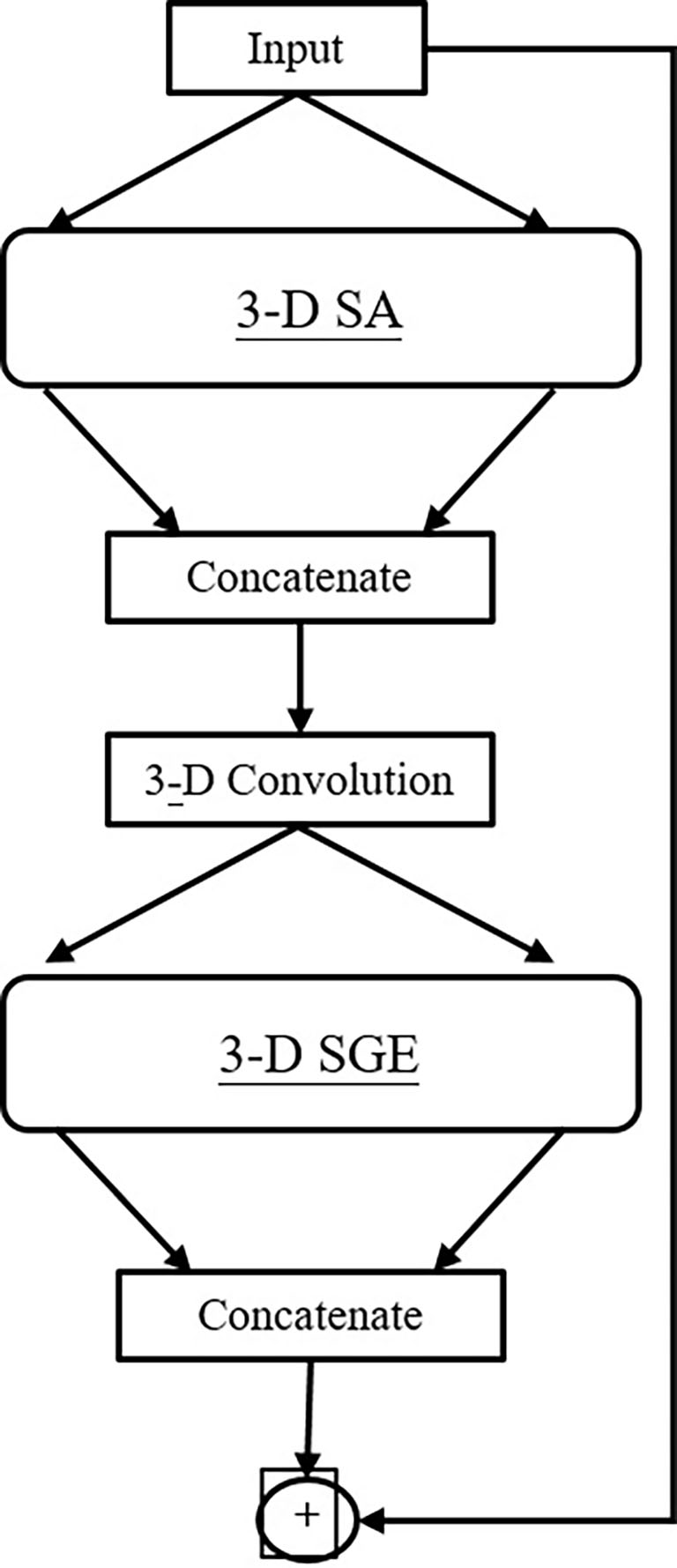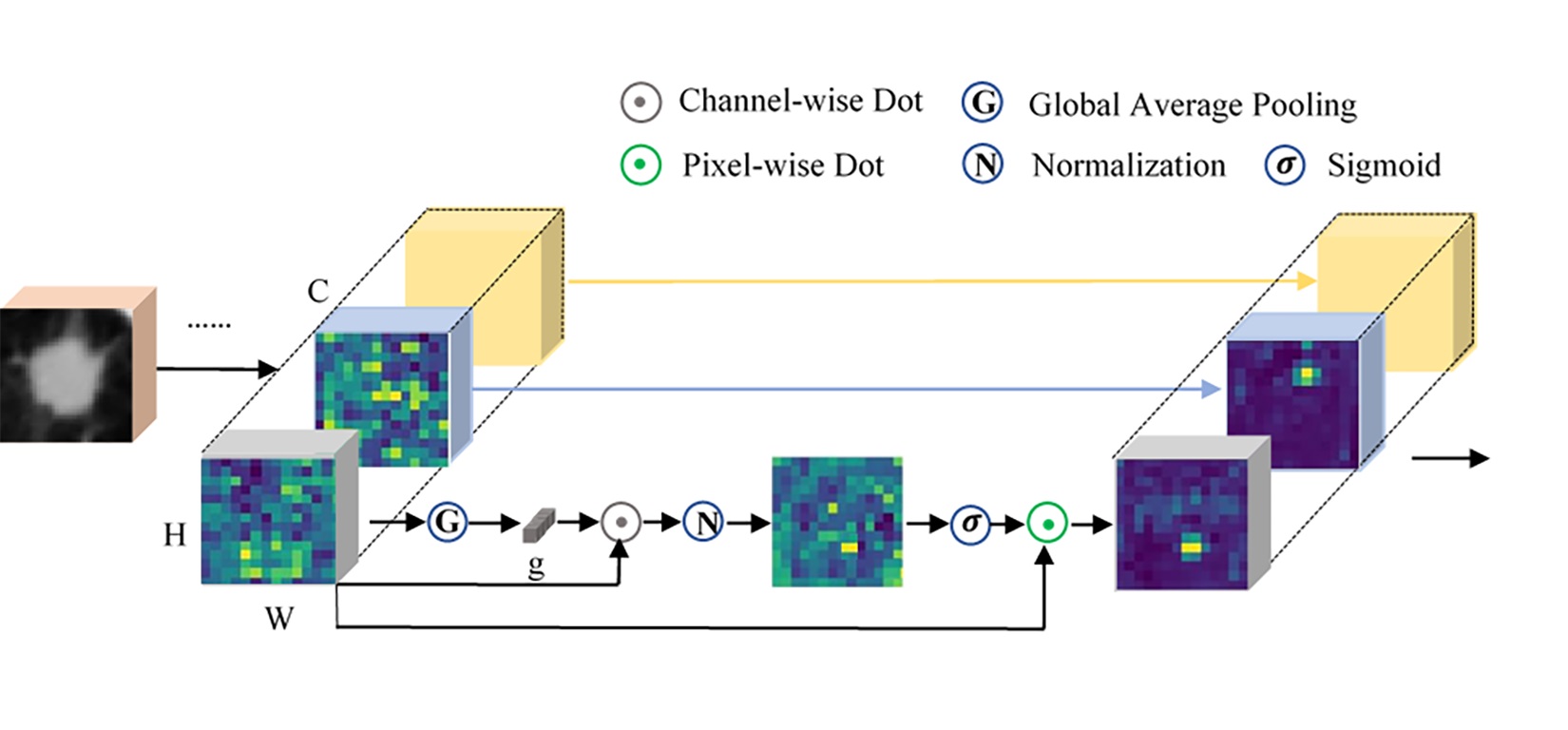| Technical Name | 自我網路架構搜尋與注意力機制之肺部電腦斷層掃描結節輔助診斷系統 | ||
|---|---|---|---|
| Project Operator | National Taiwan University | ||
| Project Host | 張瑞峰 | ||
| Summary | Similar to the critical point tracking technology of human vision, the split attentionspatial grouping enhancement module, combining the multi-path grouping architecturespatial attention technology, can accurately extract important information from the imageimprove the network performance. Moreover, adopting neural architecture search technology to automatically search for the most suitable network architecture based on current moduleshardware devices can balance diagnosis speedhigh accuracy. |
||
| Scientific Breakthrough | Our system uses a module that combines multi-path, attention mechanism,spatial grouping enhancement to extracts critical, comprehensive,noise-free feature information from the input image. In addition, with the established modulethe limited resources, the neural architecture search algorithm is also adopted to find the best network architecture with the least calculation parameters,complete the system with high diagnosis rate. Compared with other published researches, the proposed system has better performance. |
||
| Industrial Applicability | Lung cancer is a high mortality rate cancer. Different lung cancer screening methodsdoctors' clinical experience will affect the diagnosis of lung cancer. If there is a stablehigh diagnosis rate system, the probability of misjudgment can be reduced. The deep learning computer-aided diagnosis system can not only respond to big data medical images, but also save the cost of designing the system. Moreover, it can update the best architecturefunction through the continuously collected images to achieve early diagnosistreatment effects to improve patient curesurvival rate. |
||
| Matching Needs | 天使投資人、策略合作夥伴 |
||
| Keyword | Computed Tomography Lung Nodule Computer-aided Diagnosis System Deep Learning Neural Architecture Search Attention Mechanism | ||
- hys88u@gmail.com
other people also saw







